Tire Maintenance & Safety
Top Benefits of Winter Tires in 2025: Your Guide to Cold Weather Safety

Free shipping
Best price guarantee
Special pricing
Financing with Resolve
Easy returns
Tire Maintenance & Safety


Winter weather transforms roads into challenging surfaces that demand specialized equipment for safe navigation. The temperature drop below 45°F fundamentally changes how your tires interact with pavement, making standard all-season tires significantly less effective at maintaining traction and control.
Many drivers underestimate the impact cold temperatures have on tire performance, focusing only on visible conditions like snow or ice. However, the rubber compounds in regular tires begin to harden and lose flexibility even on dry roads once temperatures fall, reducing their ability to grip the surface and respond to steering inputs.
The decision to invest in winter tires involves more than just preparing for occasional snowstorms. Understanding how these specialized tires work and when they become necessary can mean the difference between a confident winter commute and a white-knuckle drive through unpredictable conditions.
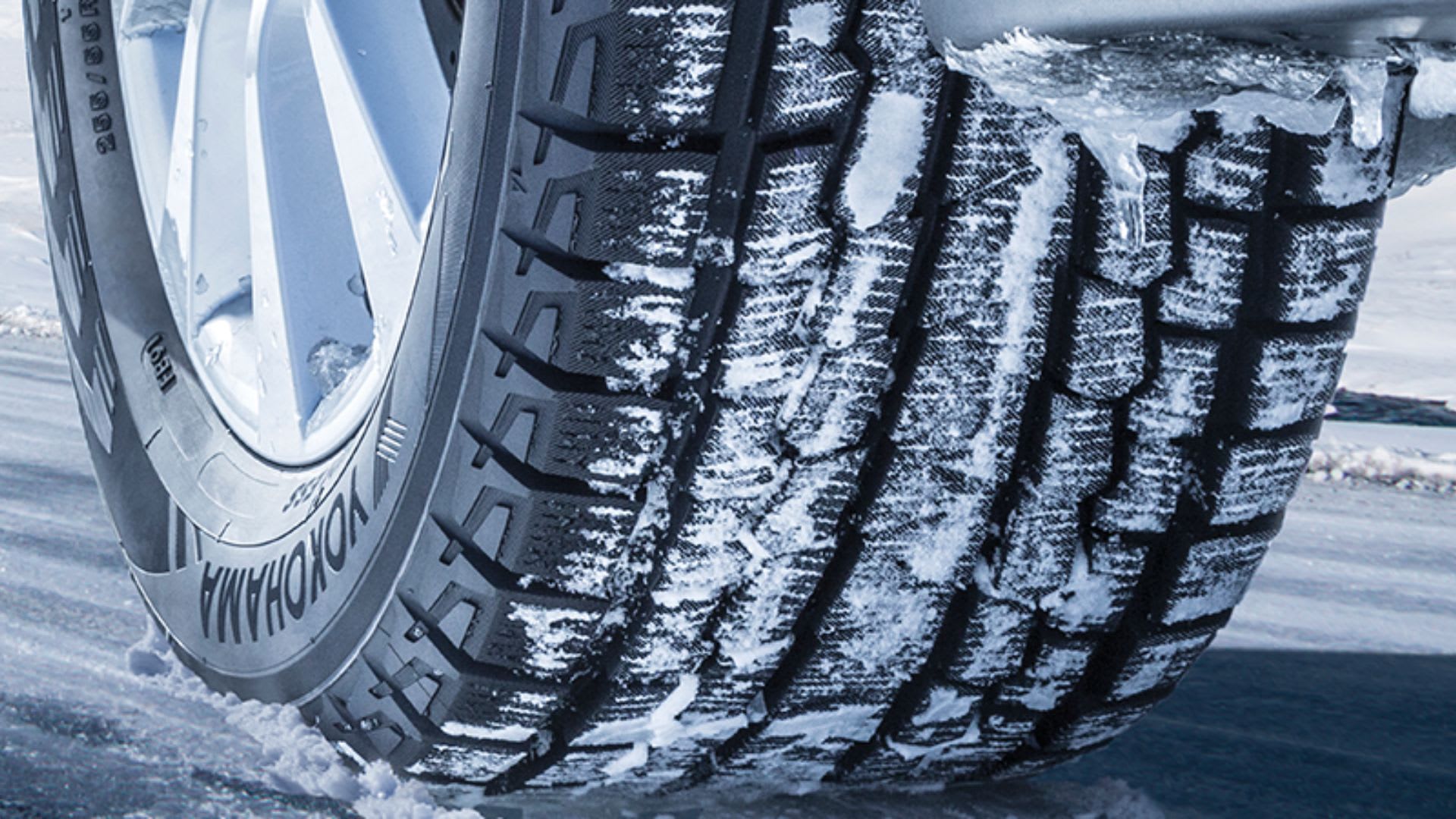
Winter tires represent a significant advancement in cold-weather driving technology, engineered specifically to maintain performance when temperatures plummet. Unlike their all-season counterparts, these specialized tires employ a fundamentally different approach to tackling winter's challenges through innovative materials and design features.
The magic of winter tires begins with their unique rubber compound—a carefully formulated mixture that remains pliable when the mercury drops below 45°F. This specialized compound incorporates high silica content and advanced polymers that prevent the rubber from becoming rigid in cold conditions. Where all-season tires turn hard and lose their ability to conform to road surfaces, winter tires maintain their flexibility, allowing them to grip even the smallest imperfections in the pavement.
The tread pattern tells another crucial part of the story. Winter tires feature deep, aggressive tread designs with thousands of tiny slits called sipes. These hair-thin cuts create multiple biting edges that act like tiny claws, gripping snow and ice with remarkable tenacity. The tread blocks themselves are designed with:
Temperature affects tire performance more dramatically than most drivers realize. When temperatures drop below 45°F, the molecular structure of standard tire rubber undergoes a transformation—polymer chains that normally flex and move become increasingly rigid. This rigidity translates directly into reduced contact patch effectiveness, as the tire can no longer conform to microscopic road irregularities that provide grip.
Winter tire compounds combat this phenomenon through advanced polymer technology. The rubber molecules in these tires contain special additives that act as internal lubricants, maintaining chain mobility even at sub-zero temperatures. This molecular flexibility allows the tire to:
The tread block design works in harmony with these material properties. As winter tires roll across snow-covered surfaces, they deliberately pack snow into their grooves. This captured snow creates a unique gripping mechanism—snow crystals bond strongly to other snow crystals, providing traction that would be impossible with a smooth surface. Engineers design the tread blocks to retain just enough snow for optimal grip while still allowing for self-cleaning as the tire rotates.
Performance benefits extend beyond just snow and ice handling. Winter tires demonstrate measurably superior performance on cold, dry pavement compared to all-season alternatives. Testing shows that winter tires can reduce stopping distances by up to 25% when temperatures hover around freezing, even without any precipitation present. This improvement stems from the tire's ability to generate and maintain grip through its softer compound, which can better conform to the microscopic texture of cold asphalt.
The engineering behind winter tires represents decades of materials science advancement. Modern formulations balance the need for cold-weather flexibility with durability concerns, ensuring that these specialized tires can withstand the punishment of winter driving while maintaining their performance advantages throughout the season. This sophisticated approach to tire design makes winter tires an essential safety tool for drivers who face serious cold-weather conditions.

Winter tires and all-season tires each serve specific purposes, and understanding their differences can significantly impact driving safety during colder months. Winter tires excel in snow and ice due to their specialized design, whereas all-season tires offer versatility but compromise performance in extreme conditions. Evaluating these tires' performance characteristics reveals essential insights for informed decision-making.
Winter tires consistently outperform all-season variants on surfaces covered with snow and ice. Their unique tread designs and softer compounds allow them to stop up to 30% shorter on snow, a critical advantage when traction is tenuous. While all-season tires provide adequate performance in various conditions, their grip diminishes markedly in frigid temperatures. This reduction in traction can result in longer stopping distances and less precise handling.
Winter tires also offer superior cornering stability, with improvements of up to 40% on slick surfaces. This enhanced stability comes from the tire’s capability to maintain contact with the road, preventing the slippage that can lead to loss of control. On snow, the acceleration advantage of winter tires over all-season options is notable, ensuring vehicles can start moving efficiently without excessive wheel spin.
Selecting between winter and all-season tires depends largely on your typical winter climate and driving habits. All-season tires perform well in areas with moderate winters and infrequent light snow, offering balanced performance across diverse conditions. However, when encountering persistent cold temperatures and icy roads, winter tires become crucial to ensure safety and optimal performance.
Assess the conditions you frequently face, such as snow, ice, or just chilly weather. Daily commuters who encounter these elements regularly will gain the most from winter tires. Consider whether you have the flexibility to avoid driving during severe weather—if staying home isn't feasible, winter tires provide added security. For those living in regions with unpredictable weather, winter tires deliver the necessary traction and control to navigate winter's challenges safely.
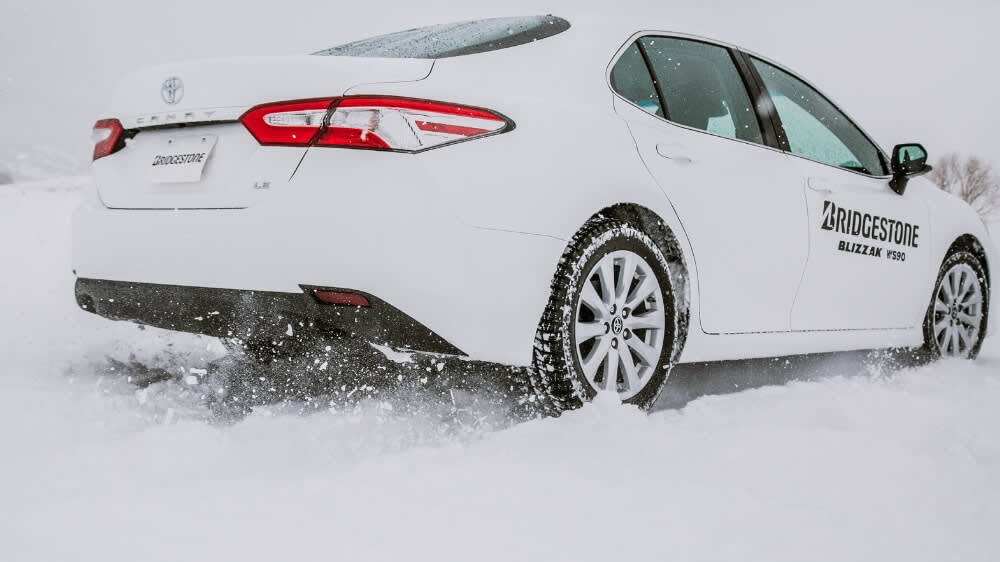
Winter tires provide critical safety enhancements tailored to the unique challenges of cold-weather driving. These specialized tires deliver superior traction and stability, essential for navigating snow and ice safely. By focusing on enhanced braking performance and improved vehicle control, winter tires are a must-have for anyone facing harsh winter conditions.
Winter tires offer substantial improvements in stopping power, a vital feature for avoiding accidents on treacherous roads. They excel in providing reliable braking on icy surfaces, thanks to their unique tread designs and compounds. This capability reduces the likelihood of accidents at intersections or when traffic suddenly slows, offering drivers peace of mind. The advanced grip of winter tires ensures that anti-lock braking systems (ABS) can perform optimally, maintaining control during sudden stops and enhancing overall vehicle safety in winter conditions.
Unlike standard tires, which can slide or skid on ice, winter tires maintain consistent traction, allowing for more predictable and controlled stops. This reliability is crucial during winter months when roads can unexpectedly become slick, providing an extra layer of safety that drivers can depend on.
Winter tires are engineered to deliver exceptional handling and control, crucial for maintaining stability on icy roads. Their design offers better traction and responsiveness, significantly reducing the risk of losing control during sudden maneuvers. This enhanced control is particularly important when navigating through sharp turns or avoiding obstacles that may appear suddenly.
By working harmoniously with electronic stability control systems, winter tires ensure that vehicles maintain their intended path even in challenging conditions. They effectively counteract the risks of skidding or fishtailing, offering drivers greater confidence and control. These tires' ability to adapt to varying winter conditions means they provide a stable driving experience, essential for safe winter travel.
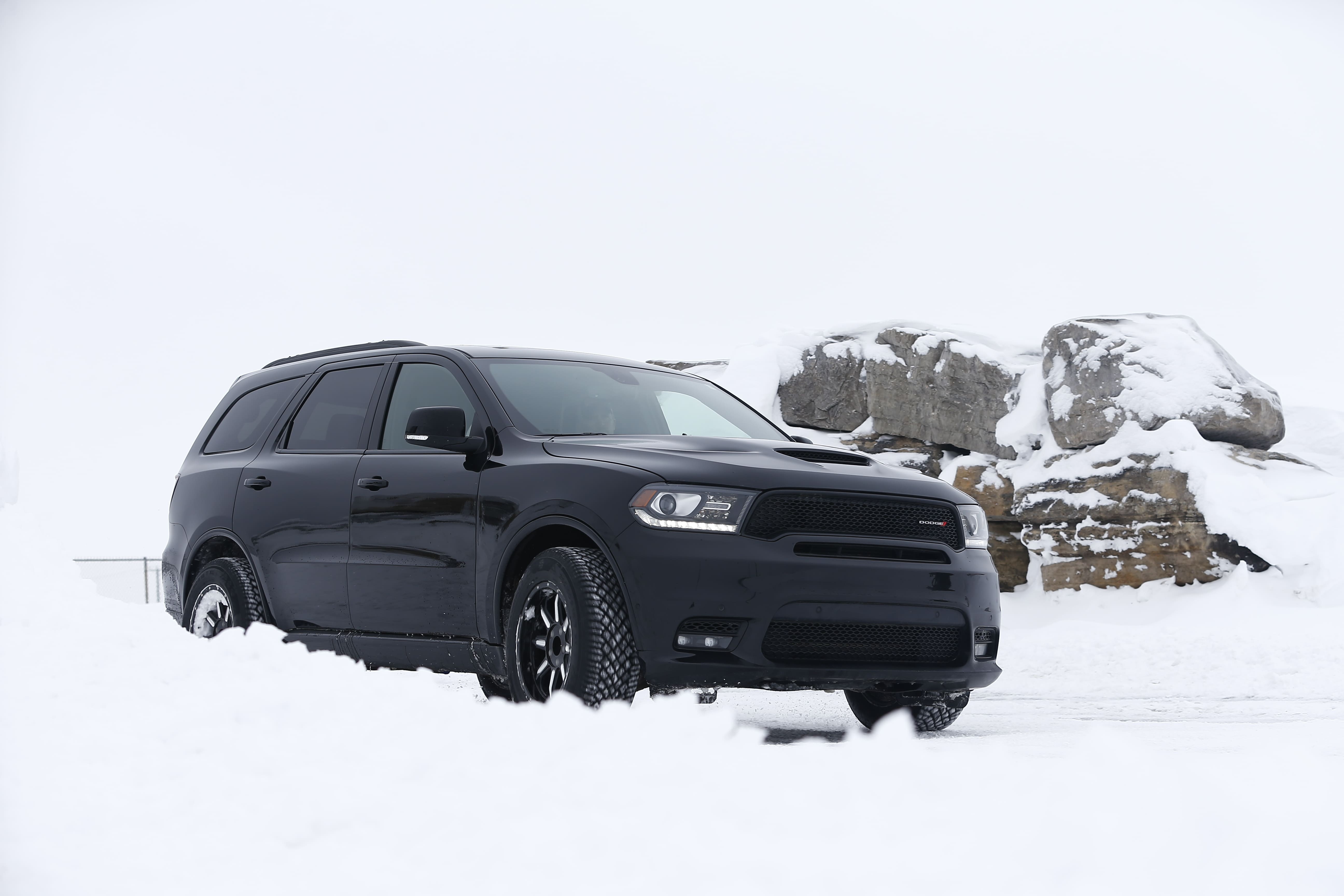
Determining the necessity of winter tires involves evaluating both geographic and personal factors. Your location and driving patterns significantly influence whether investing in winter tires is a necessity. By understanding the specific needs of your area and your driving habits, you can make an informed decision that ensures safety and performance.
Winter tires prove essential in regions marked by regular snowfall and prolonged cold spells. In places where temperatures consistently fall below 45°F, the specialized traction and safety features of winter tires become invaluable. For those residing in mountainous areas, the unique challenges posed by steep inclines and sudden weather changes necessitate the additional grip provided by winter tires. These tires are designed to offer reliable performance on snow-laden and icy roads, ensuring safe passage through unpredictable conditions.
Understanding local weather patterns is crucial when considering winter tires. Areas prone to frequent snow, ice storms, or freezing rain demand the enhanced capabilities of winter tires. In urban settings, efficient snow removal might lessen the urgency, yet rural regions with less maintained roads benefit greatly from the improved traction. Whether navigating city streets or remote country roads, the right tires ensure you are prepared for the winter driving conditions specific to your area.
Your driving habits and vehicle type play a pivotal role in the decision to equip your vehicle with winter tires. For those with daily commutes that involve traversing icy or snowy roads, winter tires provide enhanced stability and control, making them a sound investment. The consistent exposure to harsh conditions makes the safety features of winter tires indispensable. Even vehicles with all-wheel drive can see improved performance with the use of winter tires, as these tires are specifically engineered to excel in cold weather conditions.
Assess your willingness to drive in severe weather conditions. If avoiding such conditions is not an option, winter tires offer a crucial safety advantage. For professionals who must travel regardless of weather conditions—such as emergency responders and essential workers—prioritizing the installation of winter tires ensures readiness for any situation. The assurance that your vehicle is equipped to manage winter's challenges allows you to focus on safe driving, regardless of the weather.
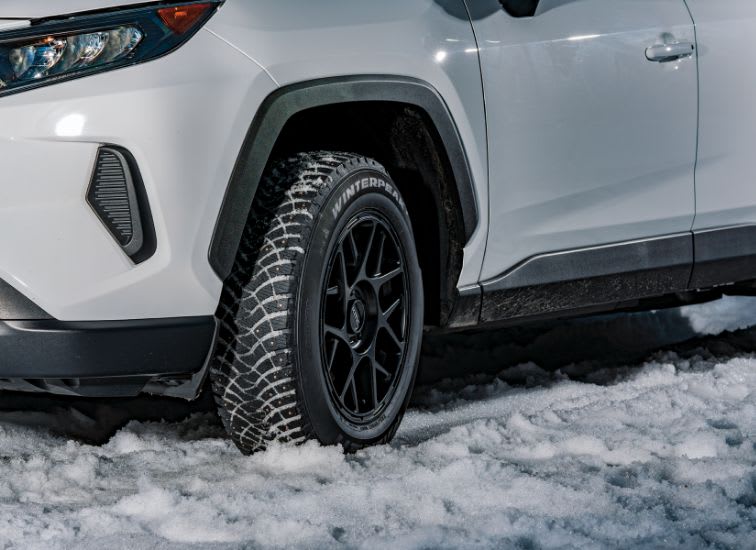
Choosing to equip your vehicle with winter tires involves an upfront cost, but the financial returns are compelling when considered over time. Prices for a quality set of winter tires typically range from $400 to $1,200, tailored to your vehicle's size and specific needs. This initial expenditure paves the way for numerous benefits, stretching far beyond the winter season and offering substantial value for those who experience tough winters.
The initial cost of purchasing winter tires is quickly balanced by the extended life they provide to your all-season tires. Deploying winter tires during the colder months minimizes wear on all-season tires, thereby postponing the need for their replacement. Furthermore, some insurers recognize the safety advantages of winter tires and may offer reduced premiums for cars equipped with them.
The prevention of accidents is another critical advantage of winter tires. By enhancing grip and control, these tires significantly lower the risk of accidents that can lead to expensive repairs and increased insurance rates. The cost savings from avoiding even minor collisions can easily surpass the price of a winter tire set, making them a sound financial decision.
Winter tires also contribute to improved fuel economy during colder months by reducing wheel spin and enhancing traction. This efficiency results in savings on fuel costs, which is especially beneficial during winter when fuel consumption tends to rise. Additionally, the reduced likelihood of weather-related accidents means fewer insurance claims, further decreasing overall vehicle expenses.
The decrease in wheel slippage also reduces strain on drivetrain components, helping to prevent costly repairs and extend the vehicle’s service life. The assurance of safe winter travels for your family is invaluable, providing security that transcends mere financial considerations. These combined factors illustrate why winter tires are a smart choice for drivers mindful of both safety and cost.
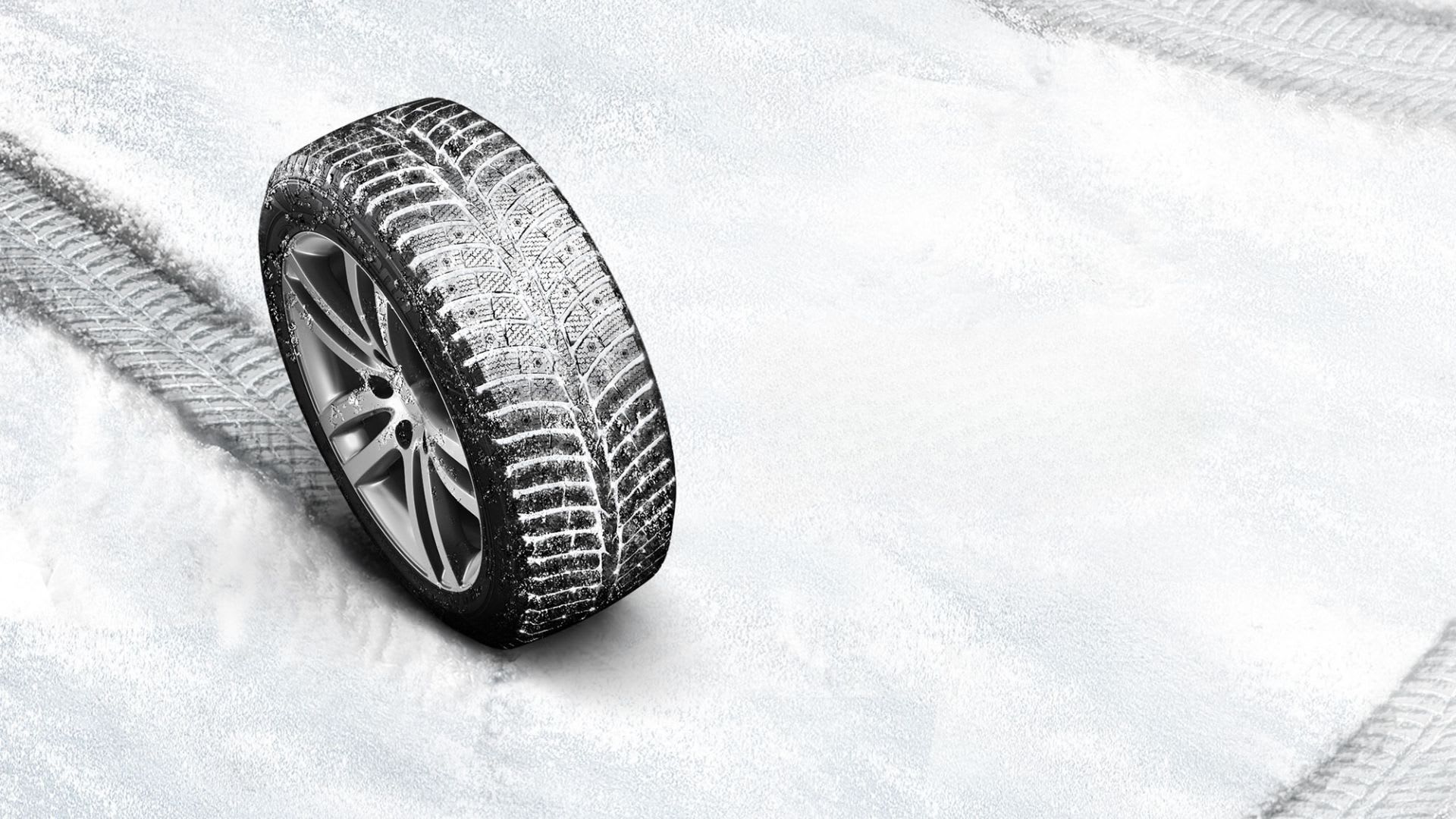
Winter tires cater to a variety of driving environments, each designed to meet specific demands for safety and performance. Understanding these categories will guide you in selecting the most suitable tire for your winter journeys.
Studless ice and snow tires are engineered for optimal winter conditions. They utilize advanced tread technology and rubber compounds to deliver excellent traction on icy and snowy surfaces without the need for metal studs. These tires are versatile, providing stability and grip for drivers in regions with fluctuating winter weather.
Performance winter tires offer a blend of traction and handling for drivers who prioritize responsiveness. These tires maintain agility in colder temperatures while ensuring the necessary grip for confident driving. They are ideal for those who want to retain sporty handling characteristics even in winter.
Studded tires are designed for extreme ice conditions, where permitted by law. The metal studs create secure traction by embedding into the ice, significantly enhancing safety. It's essential to check local regulations regarding their use due to potential road wear.
For larger vehicles like trucks and SUVs, winter tires with reinforced construction are necessary. These tires feature robust sidewalls and deeper treads to manage heavier weights and navigate through deeper snow, making them essential for drivers with demanding winter needs.
When selecting winter tires, consider the specific conditions you encounter. Are your drives through mountainous regions with heavy snowfall, or do you face icy urban commutes? Tailoring your tire choice to your typical conditions ensures optimal performance.
Match the tire specifications to your vehicle's requirements. Different vehicles have distinct needs based on their design and intended use. For instance, a heavy-duty truck may require different tires than a compact car, focusing on load capacity and durability.
Balancing your performance needs with your budget is crucial. While quality winter tires are a safety investment, it's important to find options that meet your financial limits. Explore a range of brands and models to find the right fit.
Lastly, consult user reviews and expert evaluations to gauge real-world performance. Learning from the experiences of others in similar driving situations can provide valuable insights into how different tires perform, aiding in your decision-making process for safer winter travel.
Keeping winter tires in prime condition requires attention to specific maintenance practices tailored for cold weather. Proper care not only enhances performance but also extends the tires' lifespan, ensuring they remain a wise investment for winter driving. By following essential guidelines, you can maintain your tires' effectiveness throughout the season.
Regular checks are vital to maintaining winter tire performance. Monitor tire pressure weekly, as colder air can lead to reduced pressure, affecting traction and stability. Precision in maintaining the recommended pressure levels is crucial for safety and efficiency on slippery roads.
Tire rotation is recommended every 5,000 to 6,000 miles to ensure even wear across all tires, maintaining balanced handling, and extending their life. Consistent tread depth inspection is essential—if it reaches 6/32", replacement should be considered to ensure reliable snow grip. This standard helps retain the necessary traction for safe winter navigation.
Additionally, periodic cleaning of your tires is important to remove accumulated road salt and chemicals. These substances can compromise the rubber over time; a gentle wash with soap and water can mitigate this risk, preserving the tire's integrity and performance.
Proper storage during off-seasons is key to preserving the quality of winter tires. Choose a cool, dry area away from sunlight, which can degrade the rubber. Before storing, ensure thorough cleaning and complete drying to prevent moisture damage.
For mounted tires, stack them horizontally; for unmounted tires, store them vertically to maintain their shape and structural integrity. Tire storage bags offer an additional layer of protection against environmental factors and ozone damage. These bags help keep your tires clean and ready for future use, ensuring they remain in excellent condition when winter weather returns.
Switching to winter tires is a strategic move that involves careful planning to ensure your vehicle is prepared for the challenges of cold-weather driving. By understanding the best approach to timing and installation, you can maximize the performance and longevity of your winter tires.
The transition to winter tires should be based on local climate patterns, particularly as temperatures approach freezing. It's prudent to install winter tires as the season's first cold fronts approach, ensuring you're ready for the initial drop in temperature. Planning early allows you to avoid the rush that often accompanies the first major snowfall, ensuring your vehicle is equipped to handle the transition seamlessly.
Instead of waiting for snow to fall, aim to have your tires changed once the forecast indicates a consistent drop in temperature. This proactive measure ensures that your vehicle remains safe and ready for any unexpected weather changes. As milder weather returns in spring, consider removing winter tires to preserve their tread for future seasons, optimizing their lifespan.
Securing professional installation for your winter tires is crucial for optimal performance and safety. Ensuring that all wheels are fitted with identical winter tires provides consistent handling, crucial for maintaining control on icy roads. This uniform setup is essential for preventing the imbalances that can arise from mismatched tire types.
During installation, focus on achieving precise mounting and balancing to enhance the driving experience by reducing vibrations and ensuring smooth contact with the road. Accurate tire pressure settings tailored to colder climates help maintain traction and fuel efficiency. To facilitate easy seasonal changes, consider investing in an additional set of rims specifically for your winter tires, simplifying the installation process and minimizing wear on the tires themselves.
Winter driving demands the right equipment, and understanding the benefits of winter tires empowers you to make informed decisions about your vehicle's safety. The investment in proper winter tires pays dividends through improved performance, reduced accident risk, and peace of mind during challenging weather conditions. Ready to enhance your winter driving safety? Shop for tires online and find the best deals with us, where we make finding the perfect winter tires for your vehicle simple and affordable.
Search By